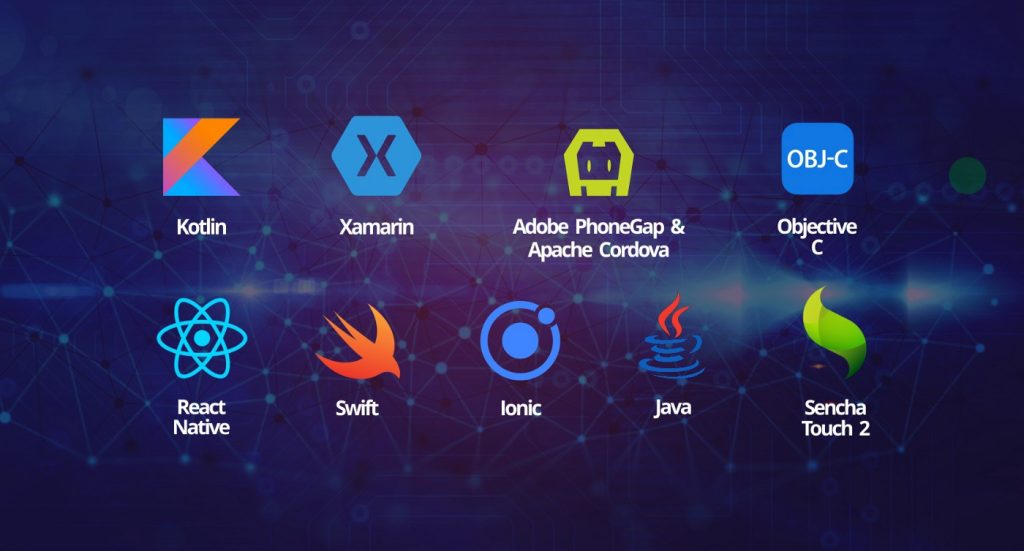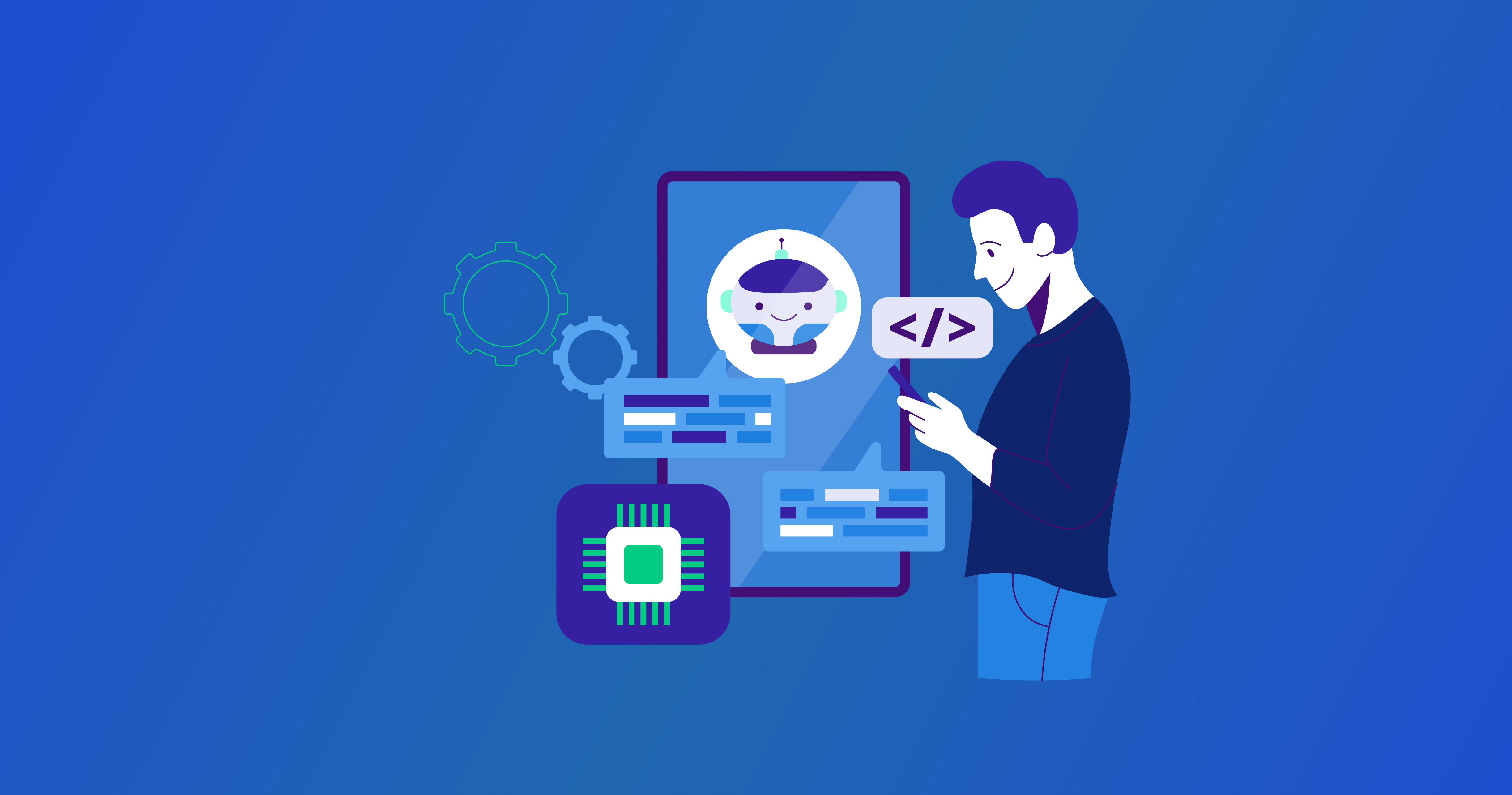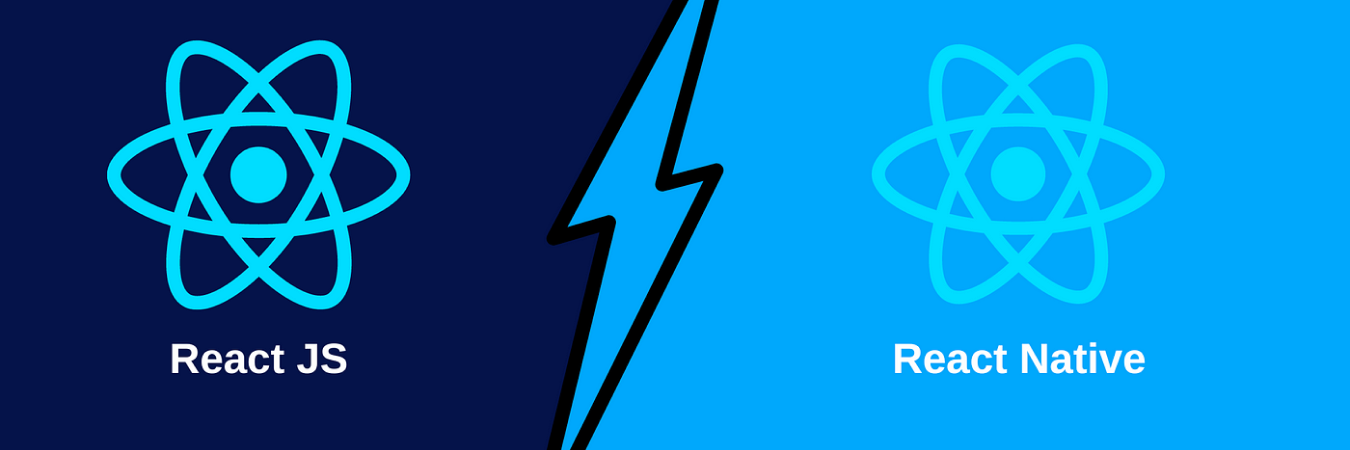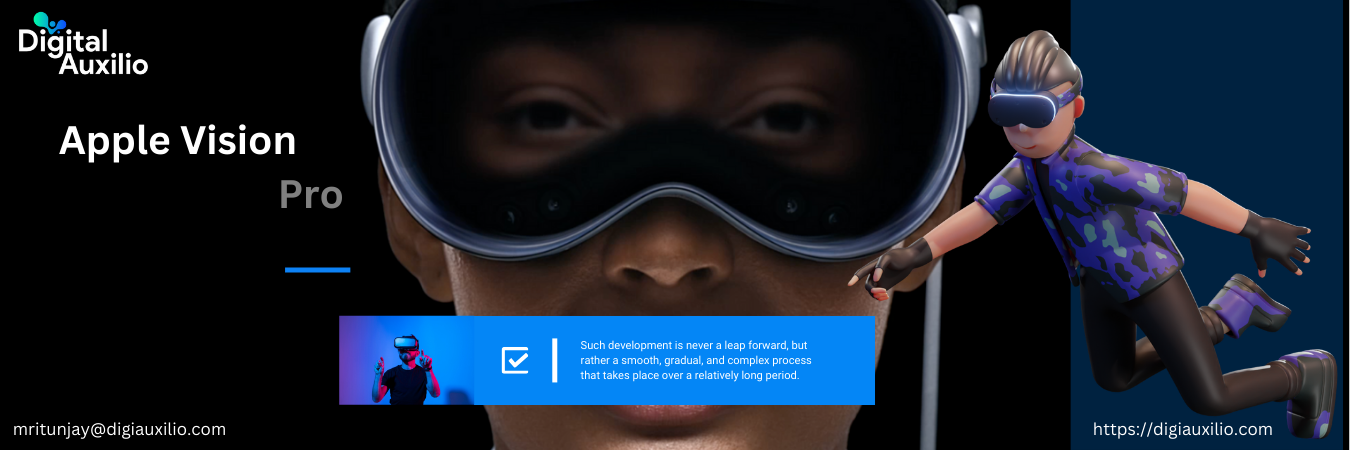The Best Tech Stack for Mobile App Development for 2022
In today’s highly competitive industry, having a unique product idea is merely the first step toward success. Creating a successful mobile app requires catering to a wide range of user preferences and choosing the right mobile application technology stack.
Great work must be delivered swiftly, securely, and with an appealing user experience. There are many elements to creating a product, but the most important is having the right technologies to help you execute your idea into a product.
We must pick the right mobile application technology stack for all of these reasons. The right option will help cut costs on app development, save time, open up new possibilities, and increase the flexibility of future project improvements.
It depends on the demand of the customer. Which kind of work do they need? Gaper is here to provide a solution. So, what are you waiting for? We are just a click away.

What Is Mobile Development Technology Stack?
A “technology stack” refers to programming languages and software products used to create a mobile application. A stack is formed when two layers of an application are built on top of each other.
Most mobile application technology stacks include both client and server software components. These are also known as front-end and back-end.
After you’ve established the product’s structure and commercial perspective, the third phase in the planning process is to take technical decisions. When it comes to established companies, in-house developers often make the decision. Being a small start-up adds another layer of complexity.
This decision will heavily influence your mobile app’s scalability and performance. It will also have a direct impact on your budget. Choosing the wrong technology can set your business back for months, whereas a well-chosen tech stack provides a competitive advantage and growth.
Building a new app is like building a house: you need a solid foundation to produce a high-quality, long-lasting product. Similarly, in this case, we need to select the best mobile app technology stack, which is the right combination of language, platform, framework and other tools used in the application’s development.
Mobile technology stack categories:
- Client- Side development is another term for front-end development. It means the development of the interface that will communicate with the end-users;
- Back-end, also known as a data access layer, is a layer that is tied to databases, scripting, website architecture, and general server-side programming.
- The term “development” platform refers to the tools that provide libraries and interfaces to develop an application.
- With the primary goal of delivering security, functionality, and long-term improvement as a primary focus;
Types of technology stack
Front-end Development
Front-end development is the face of a mobile app that users interact with and browse through. Understanding the various platforms and tools available for front-end app development helps complete any given task. Performance and accessibility are two of the most important considerations for a front-end developer while working on a new project. Various mobile devices include various types of tablets and smartphones; as a result, designers must ensure that the app they create is visually appealing at all resolutions and sizes.
The following tools are employed for front-end development:
- Cascading Style Sheets (CSS)
- WebAssembly
- JavaScript
- HyperText Markup Language – HTML
Back-end Development
Back-end development is a crucial component for mobile apps that helps with data storage, functionality, and security. As with a mobile apps’ server, an app’s back-end sorts and stores all of the vital information that end-users can’t access. In general, not all apps require a back-end, but more and more apps include the back-end as part of their standard development procedure.
For mobile app development, the following back-end tools are essential:
- Frameworks and language
- Web servers
- Database management system
- Platforms for microservices on the cloud
- Local development environments
- Performance testers for websites
- Collaborative tools
Now How To Pick The Right Technology Stack For Your Mobile App Development?
There are many different technological stacks available in the market; you can choose any and get to work right away. To succeed, you must first devise a strategy that could lead to it. It will ensure that your app is fully functional, feature-packed, professional and manageable, scalable, and secure.
Therefore, you must consider certain factors while formulating a strategy to make a significant decision.
Let’s take a closer look.
App Requirements
No two apps are alike. Many aspects of each app distinguish it from the rest. For instance, the developer must consider the app’s device, network conditions, intended user experience, development cycles, and framework. This is especially true when it comes to mobile applications. Numerous other elements differ from one app to another.
As a result, developers can better determine the library, framework, software, and programming language they should employ to achieve their goals.
Goals for the App
The app’s primary audience must be considered when selecting a technology stack for an app’s development.
Consider, for example, a mobile app that is largely dependent on processing heavy loads. A robust technology stack will be more effective rather than relying just on a mobile app’s ability to streamline interactions.
The Technical Skills of the In-House Development Team
Although several frameworks and languages produce the same results, you should choose distinct factors to emerge with outstanding results. When deciding between two similar technology stacks, you should choose the one that best suits your developer’s abilities.
Choosing a technological stack that is not user-friendly may raise the development time and effort and the overall cost of app development. Instead, choosing a suitable tech stack to develop a mobile app will make your team feel comfortable, resulting in rapid results while maintaining high quality.
The Technology’s Parent Company
When developing a mobile app, the parent company of the technology stack you choose is critical. Some companies, like Microsoft, Google, and Adobe, provide better documentation and community support than others. These offer better community support as well as more advanced development opportunities.
Multi-Platform Capability
There is just one significant difference between a mobile application that operates on a single platform and a mobile application that operates on multiple platforms: the technology stack between them. As a side note, however, you should include in your app the toolset required for scalability for your app to be transportable to other platforms, such as Cross or Hybrid Platform App Development, which is completely different from the toolset required for Native App Development.
Data Protection and Security
We all are concerned about the safety and security of our data. However, even a minor leak can lead to a loss of customer trust and harm a company’s reputation. That’s why it’s critical to select the best technological stack.
Tech Stack For iOS
Programming Languages
iOS app development relies on the use of two primary programming languages:
- Objective-C
- Swift
Objective-C:
The Objective-C programming language, which Apple supports, is used to develop iOS applications. Furthermore, it provides an object-oriented programming caliber of high quality and a dynamic runtime environment. Because it is more difficult to use, developers prefer Swift instead. According to a poll, 68% of Objective-C developers do not use this language.
Many mobile app development firms still prefer Objective C because of the following reasons:
- A language that has been tried and tested
- Simplicity
- The syntax for expressive message
- APIs for private usage are simple to utilize.
- Multifaceted third-party libraries
- C++ compatibility is very high.
- Greater access to Apple’s technologies
But Objective-C’s popularity is dwindling as Swift gains ground because swift makes it easy for developers to create complex products quickly and easily.
Swift:
In comparison to other languages, Swift has no string identifiers, leading to fewer errors. It requires less code usage and is easier to learn, debug, and edit than other languages. Because of its readability, speed, and simplicity, Swift is expected to be the most used programming language from 2021 onwards.
- Swift’s popularity can be attributed to several factors.
- An up-to-date, feature-packed programming language.
- Can support several devices with ease
- Has an expanding and active community support
- Less prone to errors, hence safer
- Better readability of source code
- A language that is simple to maintain
- Contains a large number of dynamic libraries.
- It provides significantly better and faster performance.
The simplicity of Swift’s code is causing it to grow in popularity, and as a result, many businesses are now employing Swift engineers specifically.
Development Tools For iOS
Other well-known toolsets include:
- Xcode
- Appcode
User Interface Frameworks
These are the two frameworks that developers most commonly use to create user interfaces:
- UIKit:
UIKit is a simple framework for creating and managing graphical elements in iOS applications.
- SwiftUIM:
Like UIKit, SwiftUIM can be used in conjunction with other frameworks. SwiftUI, on the other hand, only works with the most recent versions of iOS because it was released later. As a result, developers can prevent users from accessing older versions of iOS by implementing the SwiftUI framework.
Tech Stack For Android
Programming Languages
Android apps are typically written in one of two languages:
- Java
- Kotlin
Java:
Java, a widely-used programming language, provides the best options for making Android app development more convenient. It’s built on the Android API and various Android apps.
- Scalable and portable
- Memory management is automated.
- A more rapid build process
- Good support from the development community
However, one notable disadvantage of Java is that it is a very slow language that consumes substantial memory.
Kotlin:
It is less popular and lighter than Java. It is not a specialized language used to perform certain tasks in the scientific community. It was specifically designed for the development of Android apps. Furthermore, it is fully compatible with the Java Virtual Machine, allowing developers to use either framework when creating an app.
Compared to other programming languages, Kotlin is
- Clear, precise, and safe language
- Has a feature that allows for slow loading.
- Reduces the chance of making errors.
- Supports complete Java interoperability
- Has excellent extension functions.
Because it has been designated as the recommended language for Android app development by Google, Kotlin enjoys widespread acceptance among developers.
Development Tools For Android
- Android Studio
- Android Developer Tools (ADT)
User-Interface Frameworks
Android has built-in Android UI software that makes it easy for developers to create user interfaces. Jetpack Compose, a new UI kit for Android, aids in creating a native Android user interface. It also allows for a more efficient UI development process. It also adds robust tools and intuitive Kotlin APIs, reducing the amount of code required to be written.
Technology Stack For Cross-Platform Apps
When developing Android and iOS, cross-platform app development is the ideal solution. This method assures that both major operating systems’ user experience and interfaces are the same. A single development team and a single code set will lead to a consistent UI and UX across all platforms. Developers can utilize a single code base to create apps that run on Android and iOS.
Let us discuss the most commonly used stacks:
- React Native:
React Native is a mobile app development framework based on JavaScript or TypeScript. Using the same UI building elements found in Android and iOS, this application provides quick and straightforward error detection and a simple interface with high functionality.
- Xamarin:
The Xamarin framework provides direct access to the native APIs of Android and iOS via the C# language. Furthermore, it enables the use of an open-source and whole toolkit. Xamarin, on the other hand, differs from the other frameworks in that it offers limited free functionality and some specific pay-for-use features.
Technology Stack For Hybrid Apps Development
Cordova and ionic are two of the most popular frameworks for hybrid app development.
Cordova:
The following factors account for Cordova’s popularity.
- CSS-rich user interface
- Debugging is simple.
- Lots of plug-ins are available.
- It is easy to learn
Cordova is slow because the code runs in WebView, and the UI is web-based; thus, it doesn’t have a great look and feel. Games and other apps requiring more RAM and plug-ins in Cordova should not be developed using this framework.
Ionic:
Ionic is an AngularJS-based mobile app development framework.
In terms of the mobile app development stack, it offers the following exceptional features:
Ionic’s UI is very adaptable because the platform enables a wide range of component customizations.
Ionic’s documentation is clear, easy, and well-structured, and it covers most of the things that developers would require.
Source: Most used libraries and frameworks among developers, worldwide, as of 2021
FAQ
- What is a mobile development technology stack, and how do you choose the right one?
The greater the size and complexity of your project, the larger the mobile technology stack required. The type of product may influence the technology that is used.
Its load and security requirements, market timelines, competitiveness, regulatory issues, accessibility and affordability of developers, current team’s knowledge base, availability of development tools, cost of licenses and support, the target audience’s preferences, the age and size of your company, and so on.
The development team should also consider whether you currently have online services, databases, data that need to be migrated, or legacy systems to be transferred to the new system.
2. How are Android and iOS apps different from each other?
- Android software is available to a wide range of manufacturers, resulting in lower-quality phones. iOS, on the other hand, is tightly controlled by Apple, and there is no quality issue because there are only a few models.
- Unlike Android, a more open platform, iOS is a closed system. When it comes to iOS, consumers have very few system permissions, but customers may easily customize their phones when it comes to Android.
- When comparing Apple iOS with Google Android, Apple iOS offers stronger integration with other devices.
- iOS devices maintain a consistent running speed throughout time.
3. Is it possible to create an app that works across several platforms?
Yes, using a cross-platform application development stack allows you to create a product that can easily work across several platforms. That is the primary driving force behind the creation of cross-platform applications. In this way, a single application can be made to perform successfully in several different digital environments.
4. Why is it critical to select the most appropriate mobile application stack?
Because your mobile app’s success depends on whether or not you use the right tools, make sure that you carefully consider the pros and cons of each option before deciding on the best technology stack for mobile app development. Determine the objectives of your company and how your mobile app will facilitate the achievement of those goals.
5. Why choose a cross-platform app development stack over a native stack?
Cross-platform app development has become a viable alternative to a traditional, native development stack. Numerous factors have contributed to its recent rise in popularity.
For starters, it enables you to launch your application on many platforms simultaneously. Developing an app for many platforms allows you to reach a wider audience than designing an app for only one platform. This allows for a faster time-to-market because the code doesn’t need to be created individually for the web, iOS, and Android.
It also means significant savings in the development and maintenance phases because only one development team must cover all platforms.
Conclusion
Choosing the right mobile technology stack for your application can be difficult because of all the available options.
Analyze your intended audience and choose the type of user experience (UX) best to serve them. If your app development criteria are not aligned with your long-term aims, your future possibilities will be severely hampered. Hence, when it’s time to construct your mobile app technology stack for your business app, you must seek expert advice. Our development team at Gaper.io consists of the top 1% of software engineers who are well-versed with the necessary tools.
original Content published by AUTHOR :Emma William and aper.io







Add comment